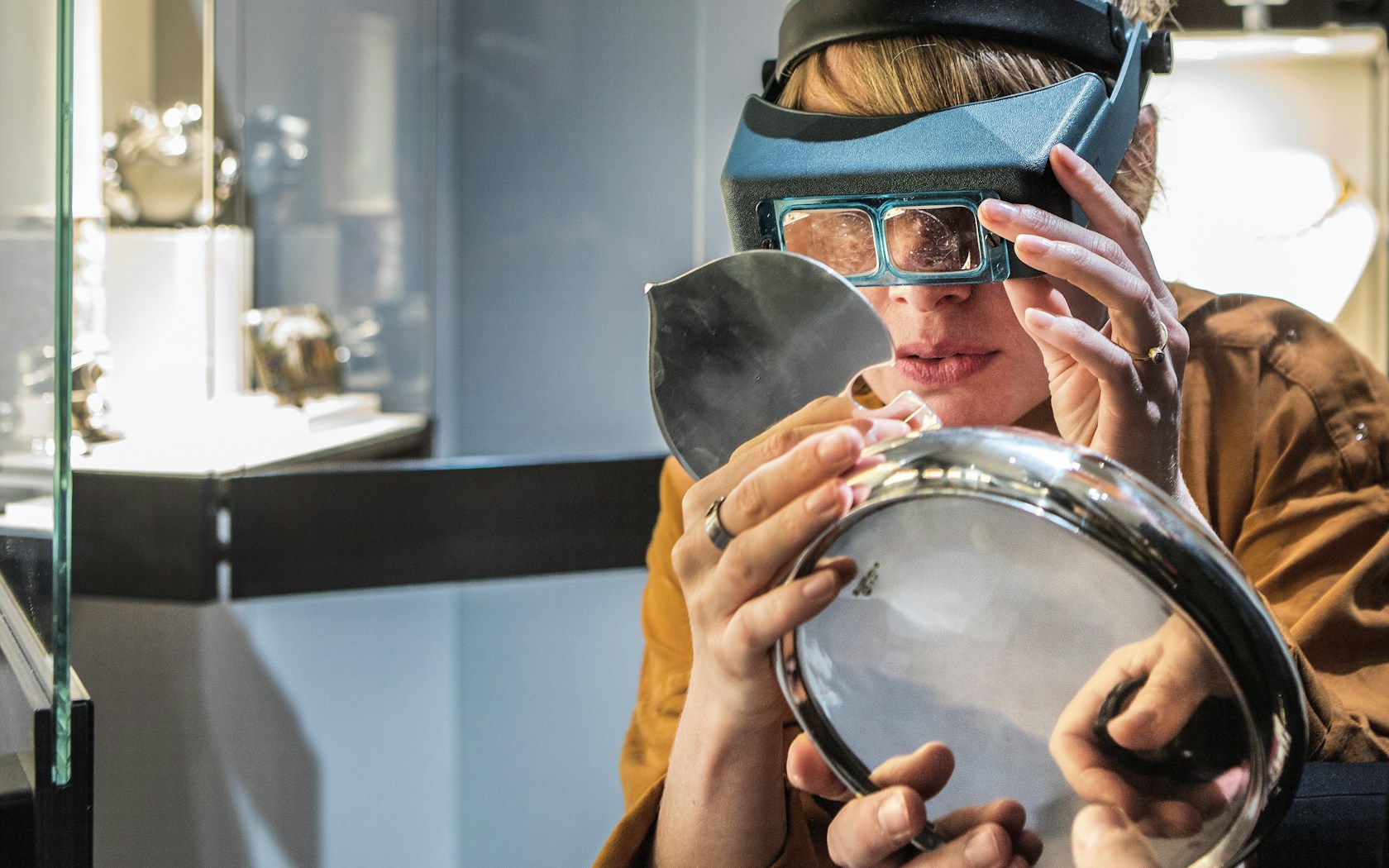
Meticulous Vetting Sets TEFAF Apart
The vetting process is one of the main pillars of TEFAF's success for buyers to acquire art with confidence
- By TEFAF Editors
- Meet the Experts
“TEFAF Vetting is about truth, transparency, and trust.” — Wim Pijbes, Global Chairman of Vetting
What sets TEFAF apart from all other art fairs is its rigorous vetting.
The value of art objects is now so great that buyers should be protected and assisted by the vetting process whatever the period or category. With the excellent connoisseurship and state-of-the-art scientific tools available at TEFAF Maastricht and New York, every object on the floor of a TEFAF art fair can be vetted, including modern and contemporary art.
The vetting process for all art begins with connoisseurship. Experts consider the condition of the work, and where it stands in the body of an artist’s work, that is, whether it is an iconic example of the artist and the particular period of their production. Through the scientific vetting process, the materials used by the artist can be identified, and can be judged on their stability and state of preservation.
TEFAF brings together the world’s leading experts across a multitude of disciplines to implement and adhere to TEFAF’s vetting procedures and regulations. This allows TEFAF to create a standard of excellence—and assurance to the buyer—that applies across all of its fairs.
“In the process of the vetting itself, we use various techniques ranging from microscopy, 3D microscopy, x-ray fluorescence spectrometry, to see whether actually, for instance, an alloy of a bronze is really a contemporary.” — Robert van Langh, Chairman of Netherlands Institute for Conservation, Art and Science






